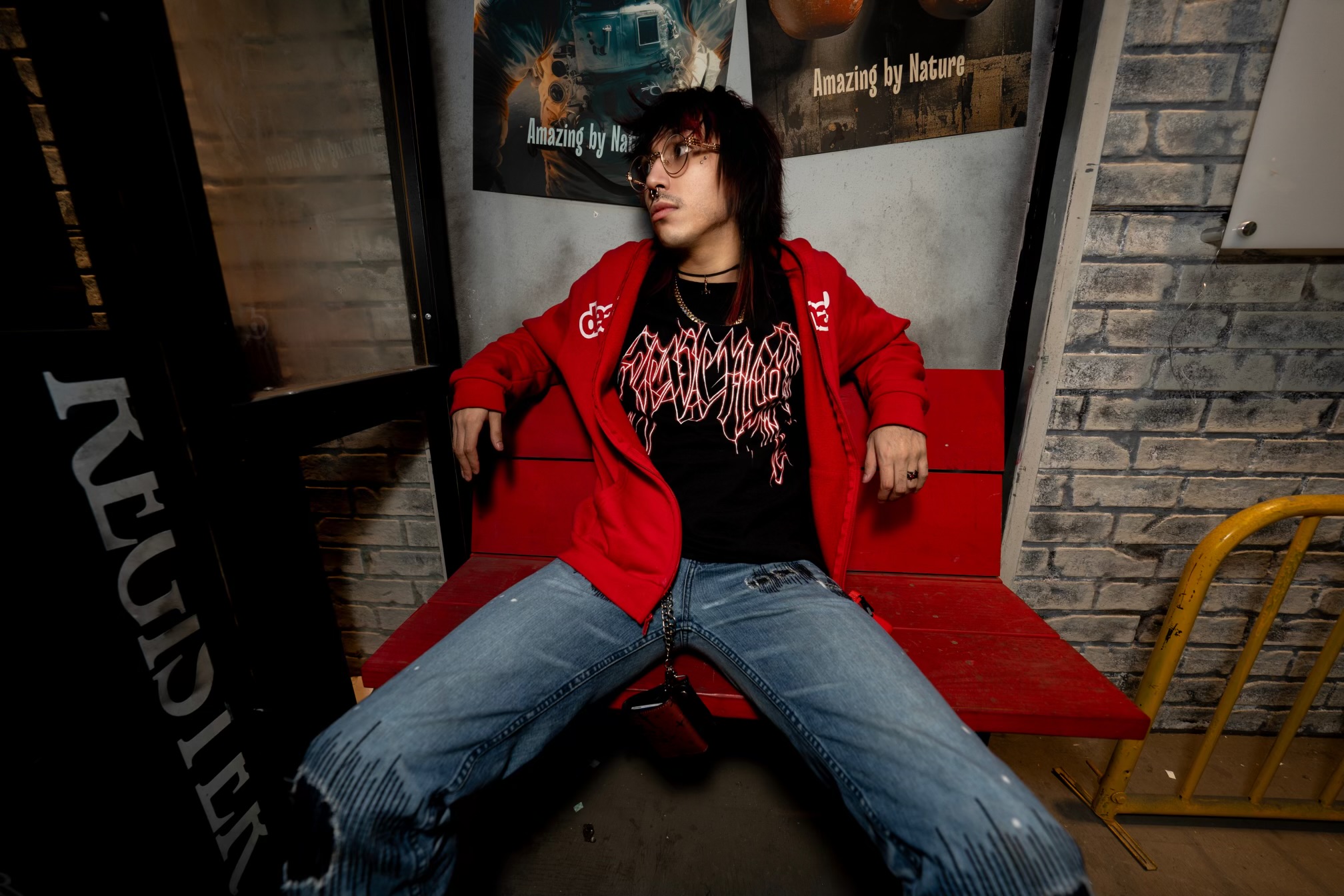Tokyo Ghoul's world is an incredibly dangerous place. Flesh-eating ghouls stalk the night, passing themselves off as human until the moment they strike. Only investigators from the elite Commission of Counter Ghoul (CCG) can fight back, and they have the perfect tools for the job: quinques.
Ghoul investigators used to employ specialized firearms against their superhuman opponents, but they enjoyed a much higher success rate once quinques were invented. Even the process for creating them is resourceful and tailor-made for slaying ghouls. Here's how the quinque uses ghouls' own powers against them.
The Creation & Use Of Quinques In Tokyo Ghoul
In Tokyo Ghoul, ghouls can manipulate vast quantities of RC (Red Child) cells to create kagune, or fleshy appendages, and control them with their kakuho, the source of their power. Eventually, ghoul hunters realized they could obtain the kakuho of fallen ghouls and weaponize them, thus the concept of quinques was born.
Weapons experts within the CCG began reforging these kakuho and their kagune appendages into quinques, or anti-ghoul weapons, which proved immensely effective in battle. Most conventional weapons can't even break a ghoul's skin, as Ken Kaneki found out when he tried to cut his own stomach open. Wounds inflicted by quinques, however, can cut deep, and a skilled investigator can kill even highly-rated ghouls.
There are formidable advantages to using the quinque, though such weapons have their limits. For example, while a ghoul can reshape a kagune with their RC cells according to need, a quinque is effectively a fossilized kagune locked into a specific shape. The kakuho can be electrically stimulated to create the desired shape, but then the shape stays firmly in place. From that point, the quinque's form is permanent, so the ghoul hunter wielding it must use their own techniques to make the most of their new weapon. If a quinque is damaged or broken in Tokyo Ghoul, it cannot be healed.
Most quinques are made of a single kakuho, but exceptions do exist. Chimera quinques are made of two or more different kagune, while kakuja quinque are made from ghouls who have cannibalized other ghouls to form a kakuja kagune. The latter are often shaped like -- and worn as -- body armor to protect the CCG investigator from ghoulish attacks. Chimera and kakuja quinques are rare though. Not everyone has the skill to wield them, but they can provide a serious edge to a masterful investigator who uses them against ghouls.
Notable Quinques In Tokyo Ghoul
A wide variety of quinques are seen in Tokyo Ghoul, and they tend to be named after the original ghoul from which the kakuho was taken. Not long after Kaneki became a half-ghoul, the CCG investigator Kotaro Amon appeared and was usually seen carrying a suitcase. Inside was his quinque, shaped like a rod with a cylindrical end and a reddish hue, which he wielded in battle against Kaneki one night. This quinque was named Doujima, and Kotaro used it with great skill.
Kureo Mado, an experienced CCG investigator, made it his hobby to collect a wide variety of quinques. He was fascinated with these weapons, wanting to have the right tool for any battle and slay a high number of ghouls. One of his quinques was Fueguchi One, made from Hinami's father, and it somewhat resembled a pale centipede with blades for legs. Kureo used it in battle against the "rabbit ghoul" Touka Kirishima and later, his daughter Akira Mado began using it herself.
Kisho Arima used a quinque called Narukami, which could fire electrical blasts that home in on targets, and a rifle/sword kagune called IXA. Juzo Suzuya had a scythe-like quinque named 13th's Jason, indirectly named for the fictional serial killer Jason Voorhees. It's a dirty job, but these ghoul slayers are happy to do it.
About The Author
